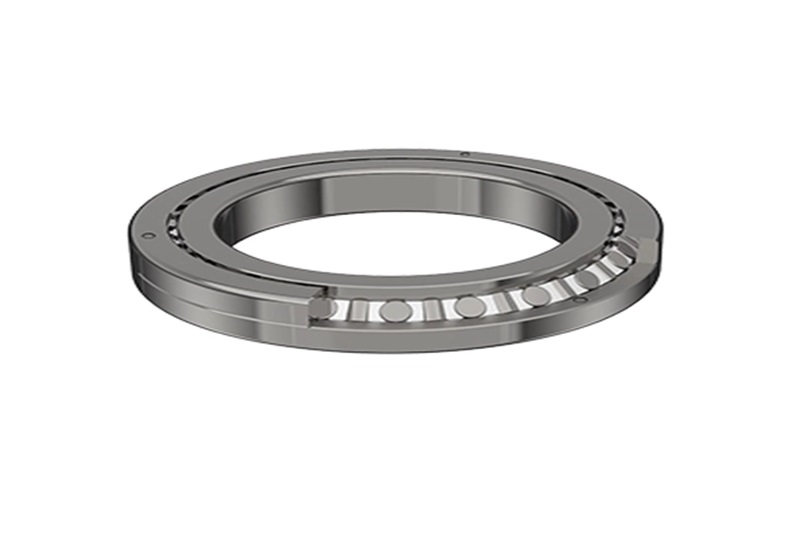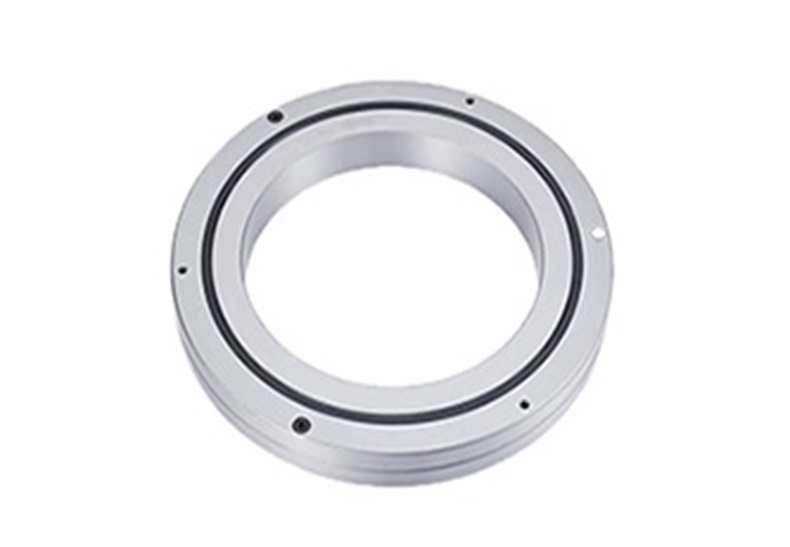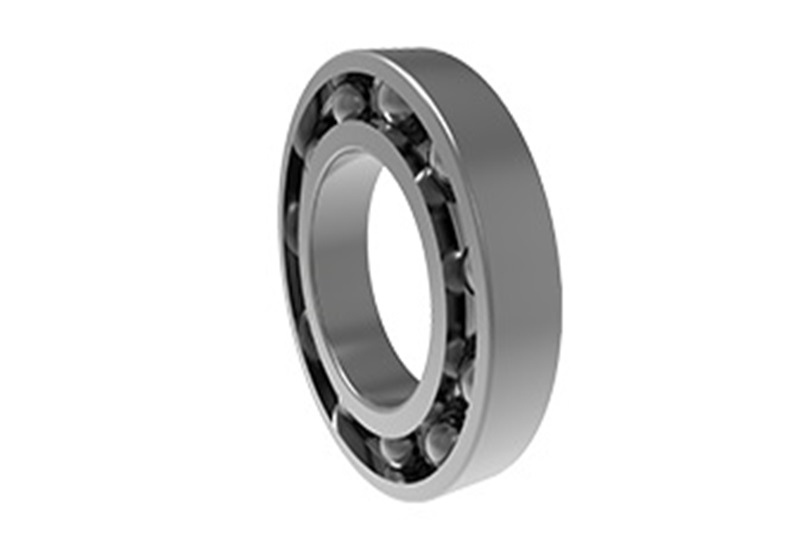Needle Sleeve Bearing Load Capacity and Speed Ratings
Needle sleeve bearings are the unsung heroes of machinery, providing the necessary support for rotational motion in a variety of applications. Despite their small size, these bearings boast impressive load capacities and speed ratings, making them indispensable in scenarios where space is at a premium.
Understanding Needle Sleeve Bearings
At their core, needle sleeve bearings consist of cylindrical rollers with a length much greater than their diameter. This unique design allows them to handle significant radial loads, making them perfect for applications where space constraints demand a compact yet robust solution. These bearings find their way into diverse industries, from automotive components to precision instruments.
The Science Behind Load Capacity
The load capacity of needle sleeve bearings is a result of careful engineering. The length and diameter of the rollers, as well as the material properties, contribute to their ability to withstand radial loads. This load capacity is particularly crucial in scenarios where forces act perpendicular to the shaft, as seen in many rotary and linear motion systems.
Speeding into Precision
In addition to their load-bearing prowess, needle sleeve bearings exhibit impressive speed ratings. The design and materials used in these bearings contribute to their ability to maintain stability and accuracy even at high rotational speeds. This makes them a preferred choice in applications where precision and efficiency go hand in hand.
Balancing Act - Finding the Ideal Match
Selecting the right needle sleeve bearing involves a careful consideration of both load capacity and speed ratings. Engineers and designers must strike a balance to ensure optimal performance in a specific application. Whether it's a manufacturing plant, medical device, or another precision system, understanding these critical factors is essential for longevity and efficiency.
In conclusion, needle sleeve bearings may be small in size, but their load capacity and speed ratings make them giants in the world of rotational motion. As the demand for compact and efficient solutions continues to grow, these bearings will undoubtedly play an increasingly vital role in powering the machinery of the future.














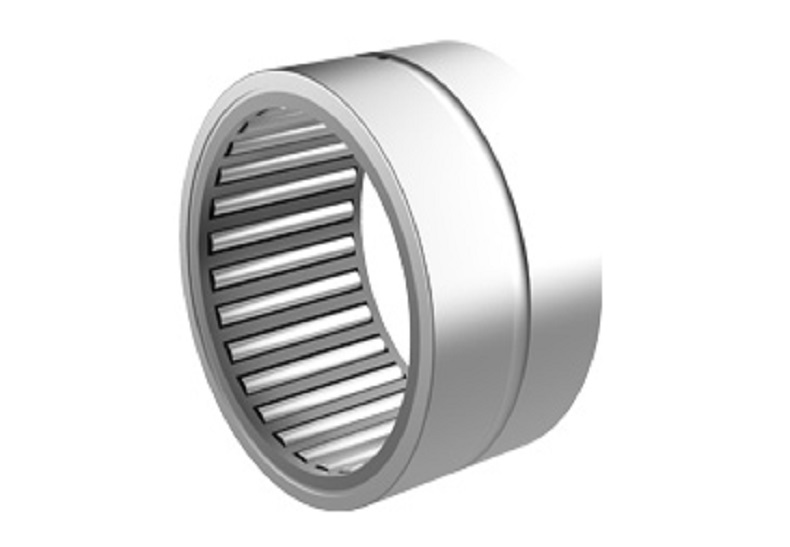
 English
English  français
français  Deutsch
Deutsch  italiano
italiano 



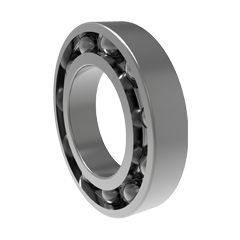
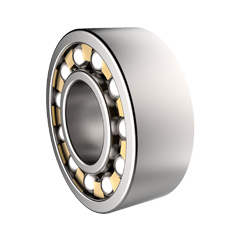
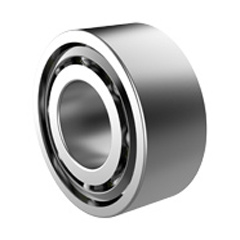
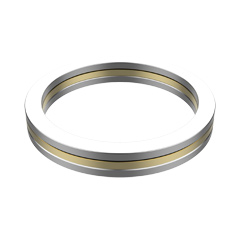
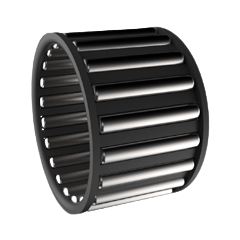
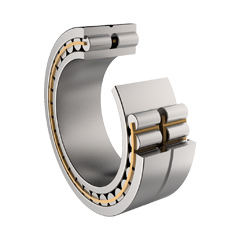
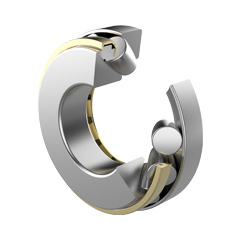
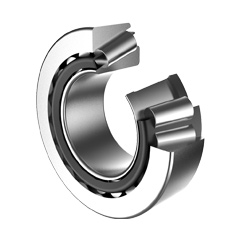
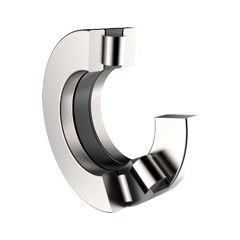
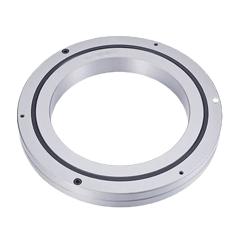
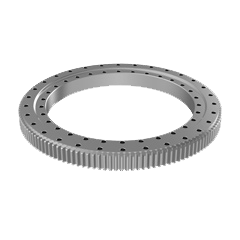

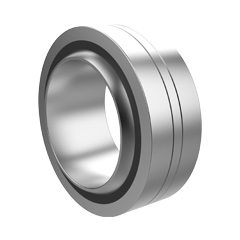

 English
English  français
français  Deutsch
Deutsch  italiano
italiano 

